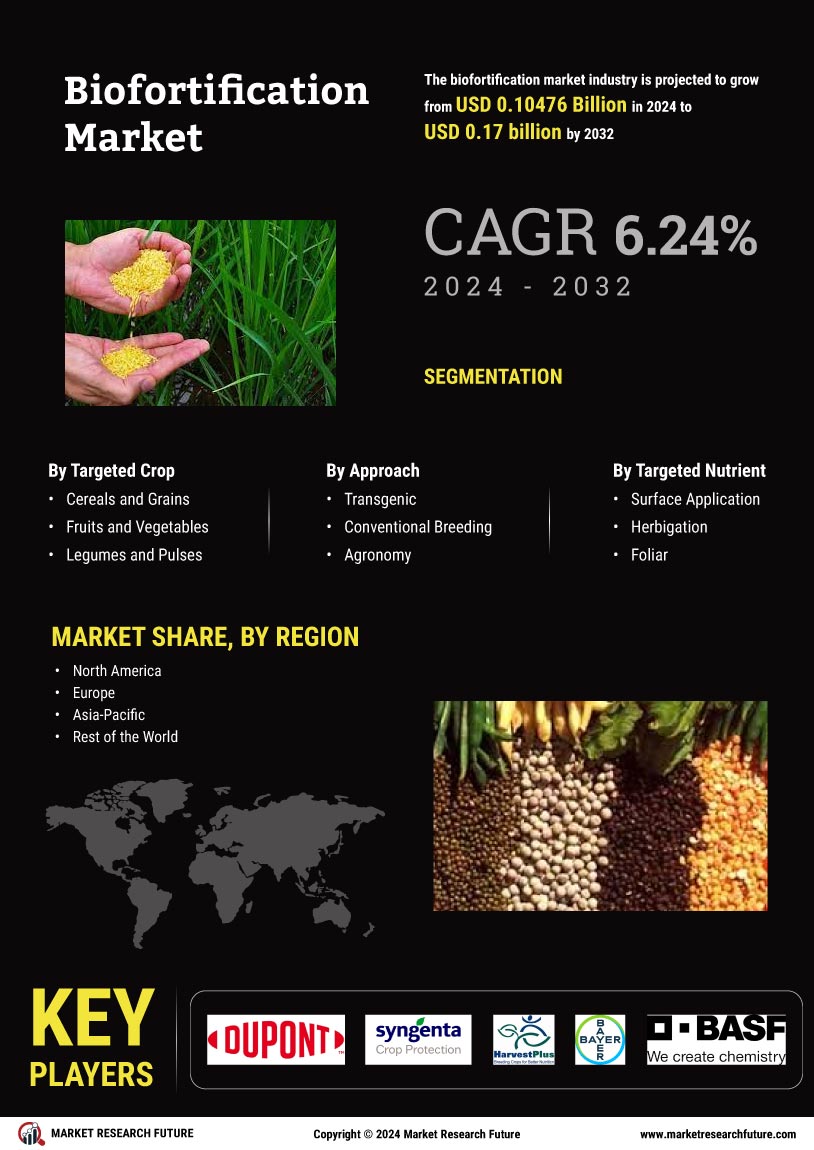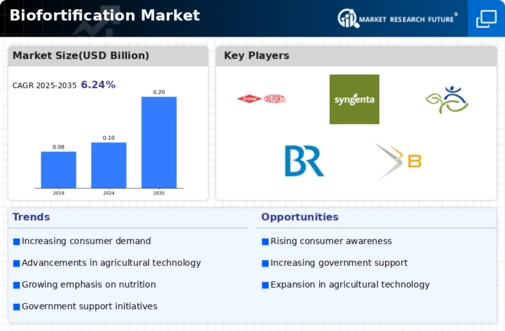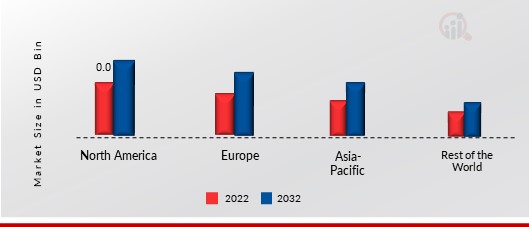Leading market players are spending a lot of money on R&D to diversify their product offerings, which will spur further growth in the biofortification industry. Important market developments include new product releases, contractual agreements, mergers and acquisitions, greater investments, and collaboration with other organizations. Market participants are also engaging in a number of strategic actions to increase their global footprint. The biofortification industry must provide affordable products if it is to grow and thrive in an increasingly competitive and challenging market environment.
One of the most important business strategies employed by manufacturers in the global biofortification industry to assist customers and expand the market sector is local manufacturing to reduce operational costs. One of medicine's most important recent developments has come from the biofortification industry. Major players in the biofortification industry, such as DowDuPont (US), Syngenta (Switzerland), HarvestPlus (US), Bayer (Germany), BASE SE (Germany), Charles River, LemnaTec, Intertek and others, are trying to boost market demand by investing in research and development operations.
Syngenta AG, headquartered in Basel, Switzerland, is a provider of agricultural research and technology, including seeds and insecticides. ChemChina, a Chinese state-owned enterprise, owns it. Syngenta was formed in 2000 by the combination of Novartis and AstraZeneca's agrichemical operations, and was acquired by China National Chemical Corporation (ChemChina) in 2017. Syngenta Crop Protection, Syngenta Seeds, Adama, and Syngenta Group China are its business units. The Syngenta Group was founded in 2020, combining Syngenta, Adama, and Sinochem's agriculture sector into a single firm. Pesticides, selective herbicides, non-selective herbicides, fungicides, insecticides, and corn, soya, and biofuel are among Syngenta's main goods.
In September 2022, Syngenta Seedcare and Bioceres Crop Solutions collaborate to bring innovative biological sed treatments to market. Customers seeking cutting-edge biclogical seed treatment solutions will benefit (rom a global commercial and R&D collaboration announced between Syngenta Seedcare business aid Bioceres Crop.
The Monsanto Company was an American agrochemical and agricultural biotechnology firm headquartered in Creve Coeur, Missouri, founded in 1901. Roundup, a glyphosate-based herbicide created by Monsanto in the 1970s, is the company's most well-known product. Later, the company expanded into a significant producer of genetically modified crops. In 2018, the company was placed 199th on the Fortune 500 list of the top corporations in the United States by revenue. In 1983, Monsanto was one of four companies to insert genes into plants, and in 1987, it was one of the first to conduct field trials with genetically modified crops.
It was one of the top ten US chemical firms until it liquidated most of its chemical assets between 1997 and 2002 through a series of acquisitions and spin-offs that shifted the company's focus to biotechnology. In March 2018, Monsanto Company and Pairwise Plants established a collaboration to advance agricultural research and development by utilising gene-editing technologies. This would aid farmers in producing greater harvests and the company's product development.
















